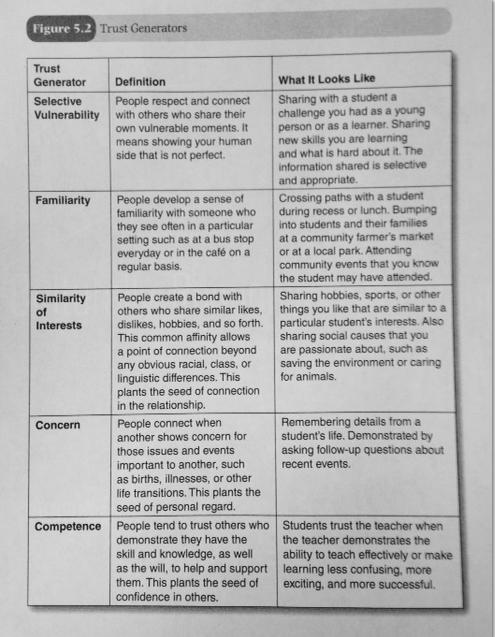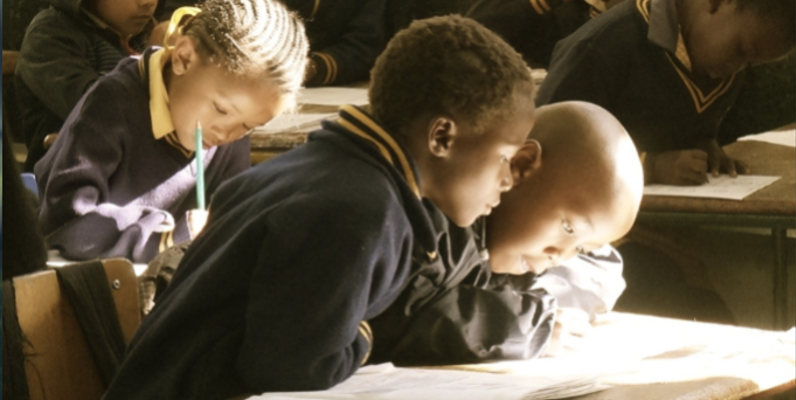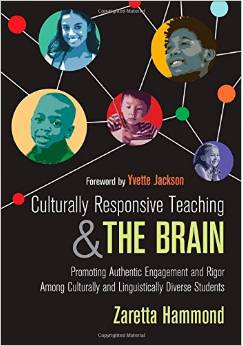“…learned helplessness is the student’s belief that he has no control over his ability to improve as a learner. Because he doesn’t believe he has the capacity, he doesn’t exert any effort when faced with a challenging work assignment or a new skill to develop.” –Zaretta Hammond
You’ve seen these kids, haven’t you?
The ones who appear to have given up; they seem uninterested in the content and disengaged from your classroom community. When faced with a learning challenge they sometimes behave inappropriately, cause a disruption or decide not to participate.
In her book, Culturally Responsive Teaching and the Brain; Promoting Authentic Engagement and Rigor Among Culturally and Linguistically Diverse Students, Zaretta Hammond posits that this learned helplessness is in reality a type of hopelessness.
When culturally and linguistically diverse students have faced challenges and setbacks time and again due to a system that at best has underserved them and at worst provided disparate academic opportunities, we must look closely at how we can intervene and change the outcome.
The cure?
Building an alliance.
Hammond shares in the section in her book on Building Learning Partnerships that this concept grew out of the work of counseling and coaching. This therapeutic alliance (Bordin, 1994) is a relationship between the individual who seeks change and the individual in a position to facilitate the process of change. Hammonds includes the three components of this alliance:
- A shared understanding and agreement to tackle a specific goal
- A shared understanding and agreement about the tasks necessary to reach the goal along with the confidence that these activities will lead to progress
- A relational bond based on mutual trust that creates an emotional connection and sense of safety for the client in order to do the hard work necessary to reach the goal
Psychologist Edward Bordin cautions that a commitment to work on areas of weakness with a supportive partner can, in many cases, elicit the brain’s fight or flight response. This leads to inappropriate behavior and necessitates the steadfast support of the professional ally (in our case, the teacher).
Teachers in this process of building an alliance must be willing to push through the difficult times when students appear to choose an adversarial role. Teachers and support personnel must commit to do everything in their power to strengthen the bond between themselves and the student.
Hammond, speaking of a teacher she observed, writes how this foundation for a learning partnership is laid. She states, “Simply setting time aside to listen with her full attention helped generate rapport. Practicing a pedagogy of listening may be simple but it isn’t always easy.” (emphasis mine)
Hammond provides the five trust generators that help students to forge genuine connections with a teacher.

It is critical, in our role as educators, to be creative in how we work to partner with students in ways that lead to independence and a sense of agency. The expectation must not be that this alliance building between teacher and students can take place overnight.
Becoming a staunch ally for marginalized students takes much effort, endurance and tenacity. The payoff is enormous however, in ensuring that students become dynamically engaged in their own learning.
This is undoubtedly one of the best books I’ve read in my thirty years in education. I read it and then read it again. I’ve marked passages and gone back to highlight and make more notes. (My husband is a tiny bit peeved that I’ve bought several copies and given them to colleagues.)
This is a must-read. Run to your nearest bookstore and get you a copy.











